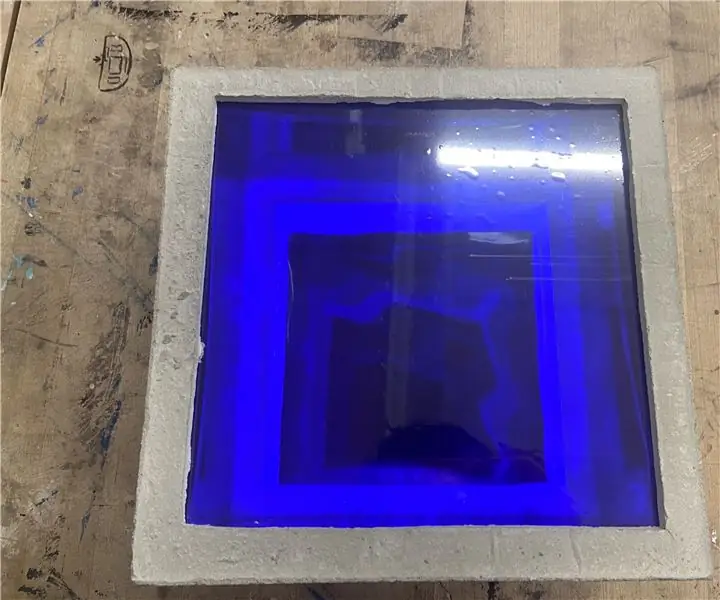
Innehållsförteckning:
- Författare John Day [email protected].
- Public 2024-01-30 12:42.
- Senast ändrad 2025-01-23 15:11.

Detta är ett konstverk för LED -ljusenheter för mitt skulpturprojekt som heter Sacred Object. Jag använder den här enheten för att presentera en post för en ny värld. När jag tänder LED -lampan kan vi se en oändlig tunnel inuti betonglådan. LED -remsan styrs via bluetooth på min telefon. Jag handlade alla varor på Amazon.
Material:
- Arduino Uno
-LED -remsa
-9v batteri
-DSD Tech SH-HC-08 Bluetooth 4.0 BLE-slavmodul
-330 Ohm motstånd
- iPhone
-Betong
-Akryl
-Fönsterfilm (enkelriktad spegel)
-Dubbel sidospegelfilm
Steg 1: Kretsdesign
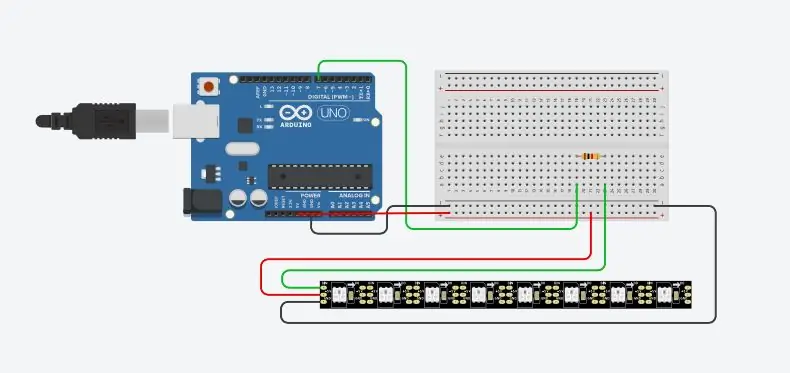

Så här får jag kretsen att fungera. Jag skapade också en sekvens för att simulera en rörelse av hjärnvågor.
Första bilden är LED -bandkretsen.
Den andra bilden är Bluetooth -kretsen. Appen på iPhone är BluetoothLED.
Steg 2: Arduino -kod
#omfatta
#define LED_PIN 7 #define NUM_LEDS 60 CRGB leds [NUM_LEDS];
void setup () {pinMode (LED_PIN, OUTPUT); Serial.begin (9600); FastLED.addLeds (lysdioder, NUM_LEDS); }
void setBlue (int val) {for (int i = 0; i <NUM_LEDS; i ++) {leds = CRGB (0, 0, val); } FastLED.show (); } void loop () {
if (Serial.available ()) {val = Serial.read (); } if (val == 'H') {leds [0] = CRGB (0, 0, 0); FastLED.show (); leds [1] = CRGB (0, 0, 0); FastLED.show (); leds [2] = CRGB (0, 0, 0); FastLED.show (); leds [3] = CRGB (0, 0, 0); FastLED.show (); leds [4] = CRGB (0, 0, 0); FastLED.show ();
leds [5] = CRGB (0, 0, 0); FastLED.show ();
leds [6] = CRGB (0, 0, 0); FastLED.show ();
leds [7] = CRGB (0, 0, 0); FastLED.show ();
leds [8] = CRGB (0, 0, 0); FastLED.show ();
lysdioder [9] = CRGB (0, 0, 0); FastLED.show ();
lysdioder [10] = CRGB (0, 0, 0); FastLED.show ();
lysdioder [11] = CRGB (0, 0, 0); FastLED.show ();
lysdioder [12] = CRGB (0, 0, 0); FastLED.show ();
lysdioder [13] = CRGB (0, 0, 0); FastLED.show ();
lysdioder [14] = CRGB (0, 0, 0); FastLED.show ();
lysdioder [15] = CRGB (0, 0, 0); FastLED.show ();
lysdioder [16] = CRGB (0, 0, 0); FastLED.show ();
leds [17] = CRGB (0, 0, 0); FastLED.show ();
lysdioder [18] = CRGB (0, 0, 0); FastLED.show ();
lysdioder [19] = CRGB (0, 0, 0); FastLED.show ();
lysdioder [20] = CRGB (0, 0, 0); FastLED.show ();
lysdioder [21] = CRGB (0, 0, 0); FastLED.show ();
lysdioder [22] = CRGB (0, 0, 0); FastLED.show ();
lysdioder [23] = CRGB (0, 0, 0); FastLED.show (); lysdioder [24] = CRGB (0, 0, 0); FastLED.show ();
lysdioder [25] = CRGB (0, 0, 0); FastLED.show ();
lysdioder [26] = CRGB (0, 0, 0); FastLED.show ();
lysdioder [27] = CRGB (0, 0, 0); FastLED.show ();
lysdioder [28] = CRGB (0, 0, 0); FastLED.show ();
lysdioder [29] = CRGB (0, 0, 0); FastLED.show ();
lysdioder [30] = CRGB (0, 0, 0); FastLED.show (); lysdioder [31] = CRGB (0, 0, 0); FastLED.show ();
lysdioder [32] = CRGB (0, 0, 0); FastLED.show ();
lysdioder [33] = CRGB (0, 0, 0); FastLED.show (); lysdioder [34] = CRGB (0, 0, 0); FastLED.show ();
lysdioder [35] = CRGB (0, 0, 0); FastLED.show ();
lysdioder [36] = CRGB (0, 0, 0); FastLED.show ();
lysdioder [37] = CRGB (0, 0, 0); FastLED.show ();
lysdioder [38] = CRGB (0, 0, 0); FastLED.show ();
lysdioder [39] = CRGB (0, 0, 0); FastLED.show ();
leds [40] = CRGB (0, 0, 0); FastLED.show ();
lysdioder [41] = CRGB (0, 0, 0); FastLED.show ();
lysdioder [42] = CRGB (0, 0, 0); FastLED.show ();
lysdioder [43] = CRGB (0, 0, 0); FastLED.show (); lysdioder [44] = CRGB (0, 0, 0); FastLED.show ();
lysdioder [45] = CRGB (0, 0, 0); FastLED.show ();
lysdioder [46] = CRGB (0, 0, 0); FastLED.show ();
lysdioder [47] = CRGB (0, 0, 0); FastLED.show ();
lysdioder [48] = CRGB (0, 0, 0); FastLED.show ();
lysdioder [49] = CRGB (0, 0, 0); FastLED.show ();
lysdioder [50] = CRGB (0, 0, 0); FastLED.show ();
lysdioder [51] = CRGB (0, 0, 0); FastLED.show ();
lysdioder [52] = CRGB (0, 0, 0); FastLED.show ();
leds [53] = CRGB (0, 0, 0); FastLED.show (); lysdioder [54] = CRGB (0, 0, 0); FastLED.show ();
leds [55] = CRGB (0, 0, 0); FastLED.show ();
lysdioder [56] = CRGB (0, 0, 0); FastLED.show ();
leds [57] = CRGB (0, 0, 0); FastLED.show ();
lysdioder [58] = CRGB (0, 0, 0); FastLED.show ();
lysdioder [59] = CRGB (0, 0, 0); FastLED.show ();
fördröjning (100); } annat {för (int i = 255; i> 0; i--) {setBlue (i); fördröjning (10); } för (int i = 0; i <255; i ++) {setBlue (i); fördröjning (10); }}}
Steg 3: Tillverka behållare
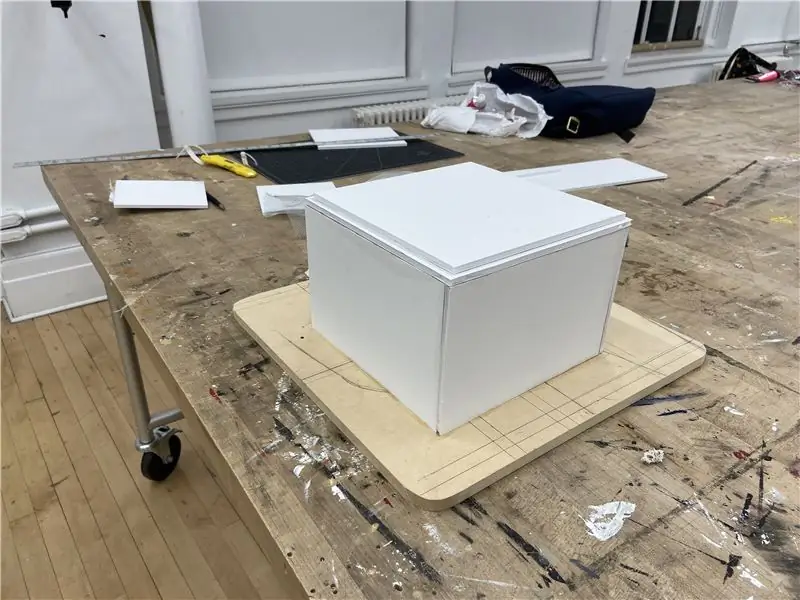
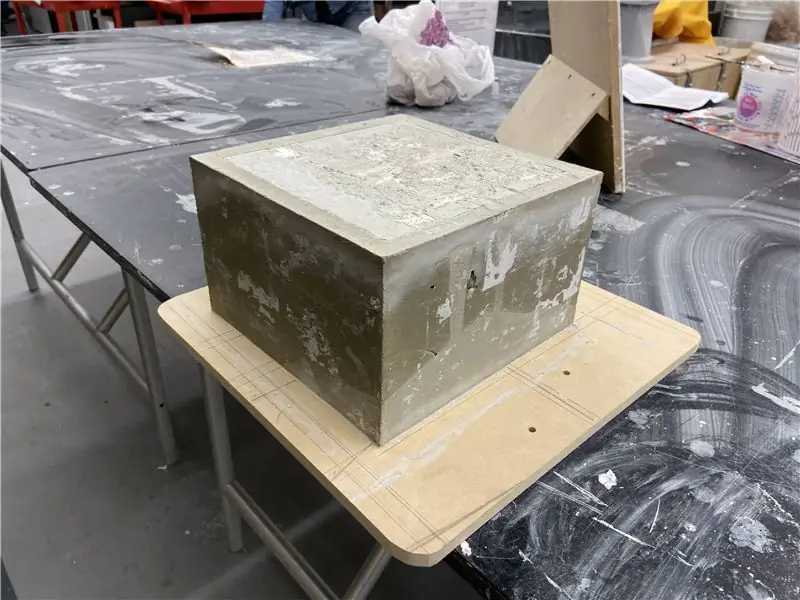
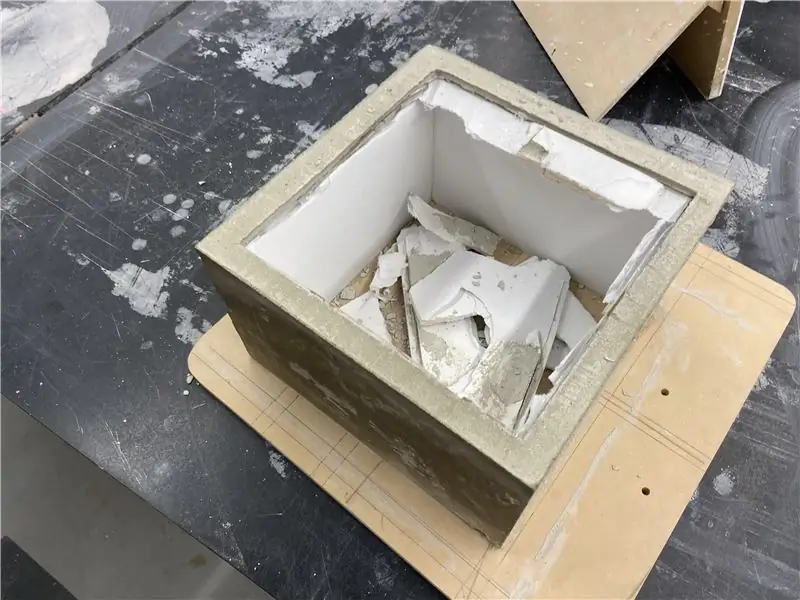
Lådan är gjord av betong. Jag använder skumbrädor för att göra en ihålig låda att gjuta med betong. Låt det torka minst 24 timmar.
Steg 4: Laserskärning
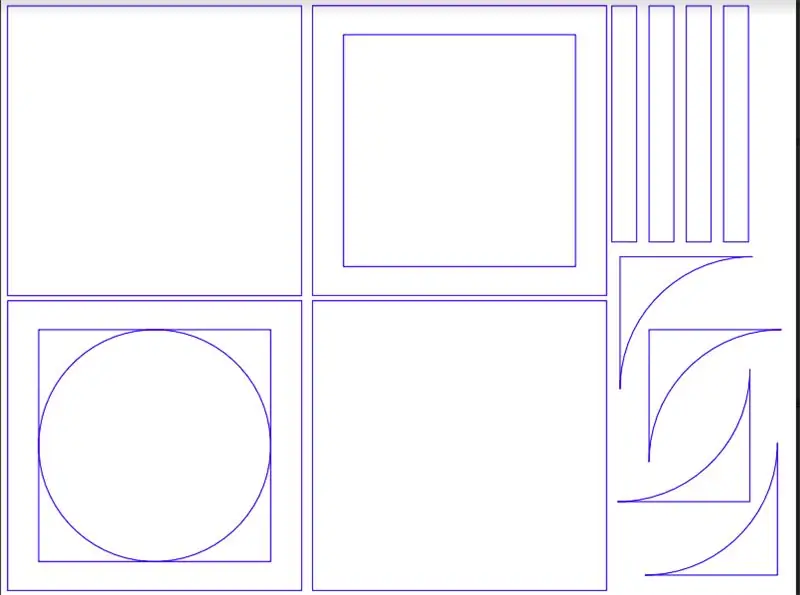
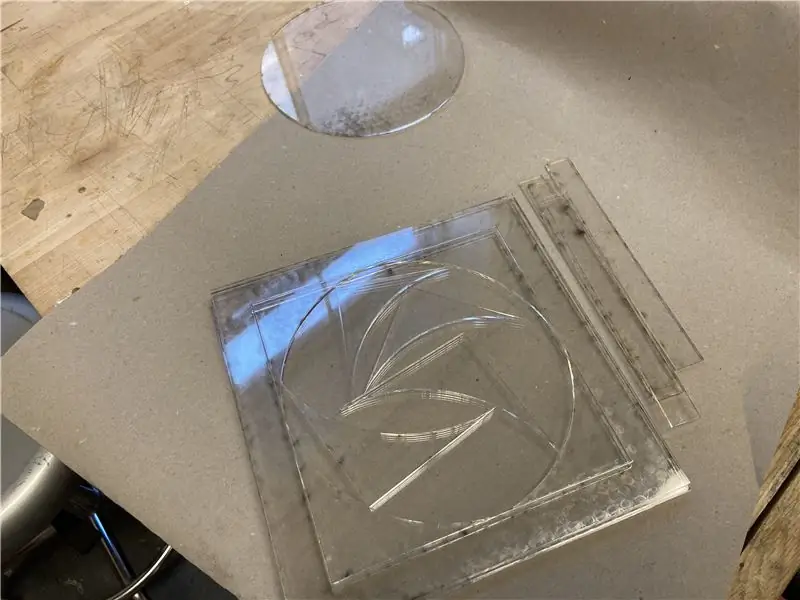
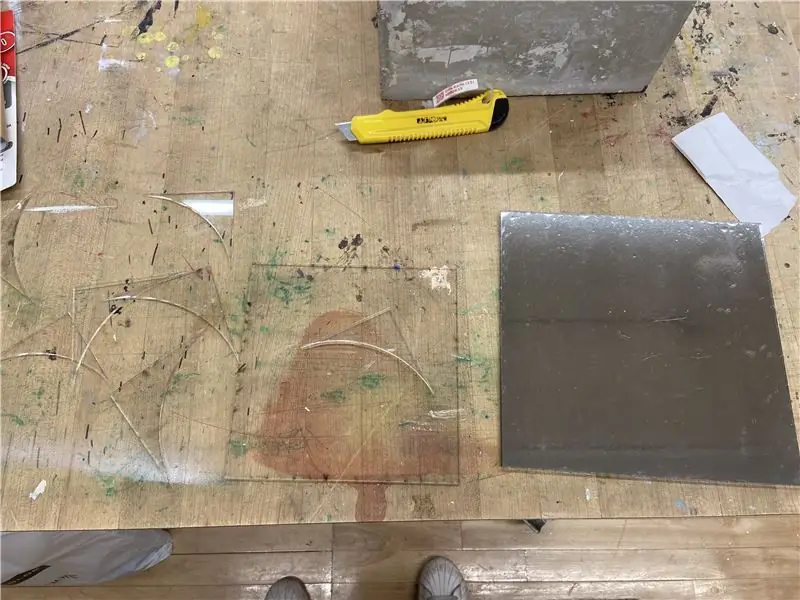
Att rita formen passar i betonglådan och skär den med laserskärning.
Jag använder detta för att lagra olika utrymmen inuti lådan: reflektionsutrymmet och kretsutrymmet. Jag lägger envägs spegelfönsterfilm och dubbel sidospegelfilm på akrylrutorna var.
Steg 5: LED -remsa
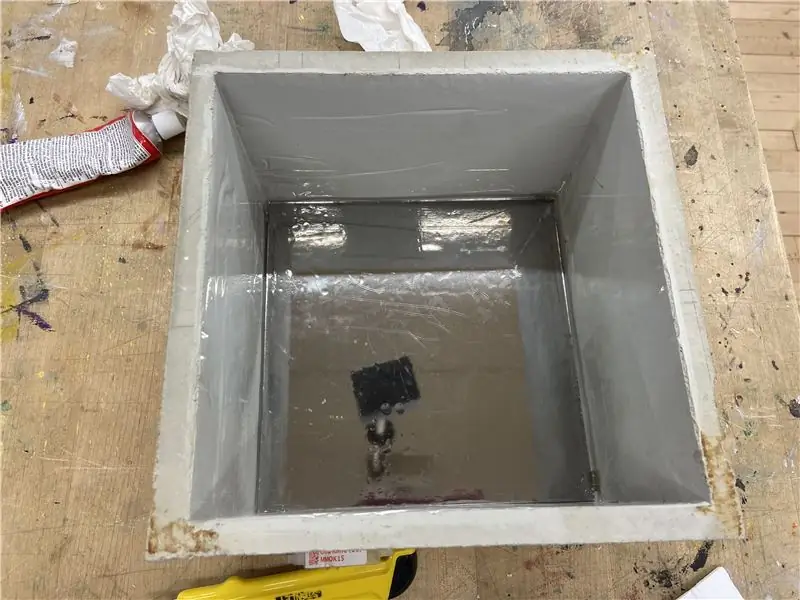
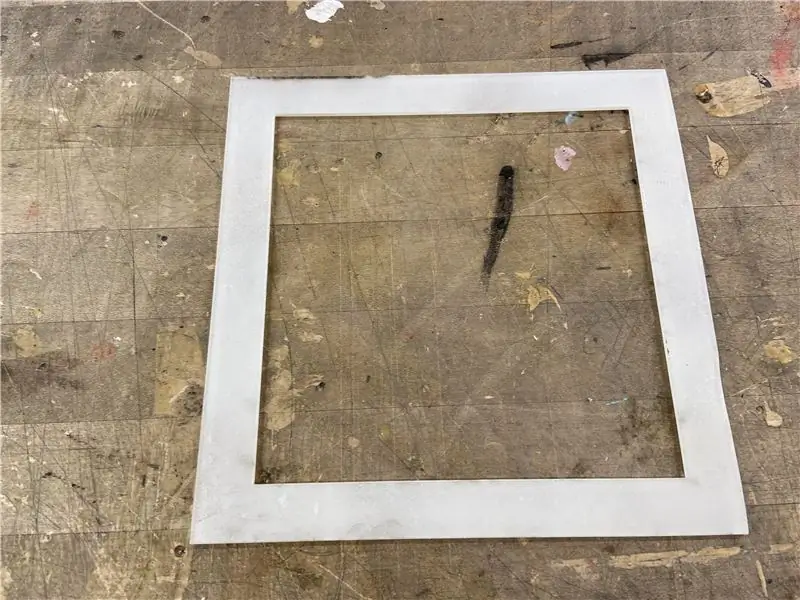
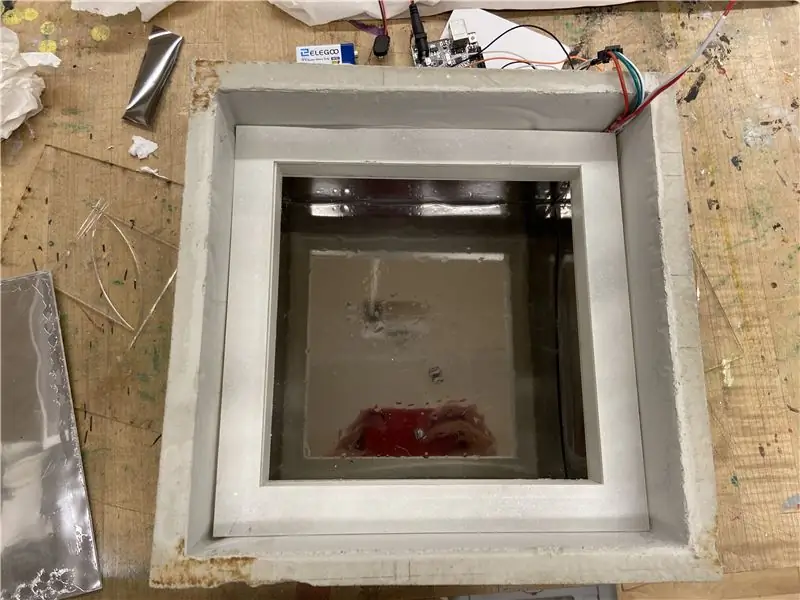
(Visa från botten av rutan)
Jag lägger den envägs spegelfilmen en först, spegelsidans ytor inuti lådan. Och spraya vit färg på ramen för att skapa ett halvtransparent rör för LED-remsan och placera i mitten av lådan.
Steg 6: Krets
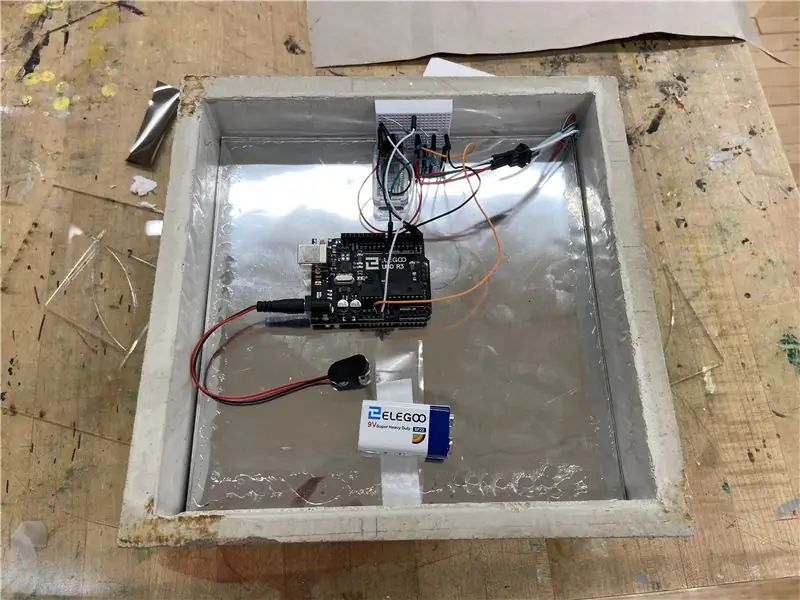
Sätt den dubbla sidospegeln akryl på toppen av lysdioden och fäst kretsen.
Rekommenderad:
Väggfäste för iPad som kontrollpanel för hemautomation, med servostyrd magnet för att aktivera skärmen: 4 steg (med bilder)
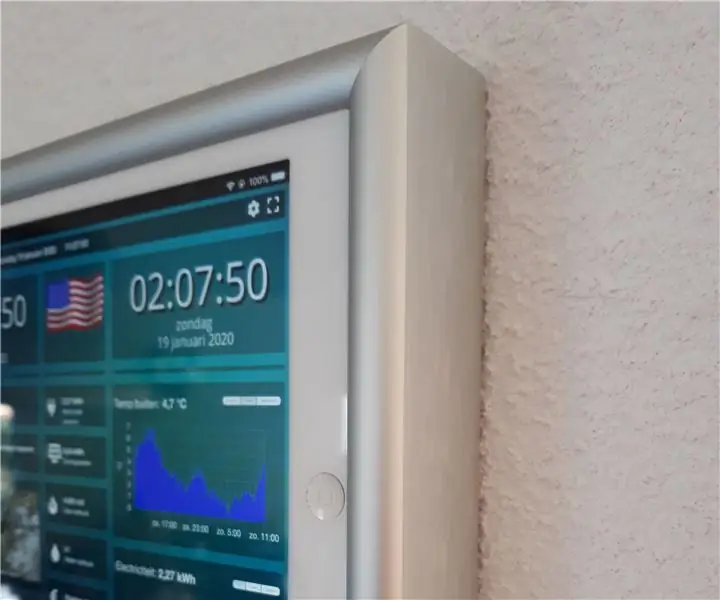
Väggfäste för iPad Som kontrollpanel för hemautomation, med servostyrd magnet för att aktivera skärmen: På senare tid har jag ägnat ganska mycket tid åt att automatisera saker i och runt mitt hus. Jag använder Domoticz som min hemautomationsapplikation, se www.domoticz.com för mer information. I min sökning efter en instrumentpanelapplikation som visar all Domoticz -information tillsammans
Övertyga dig själv om att bara använda en 12V-till-AC-omriktare för LED-ljussträngar istället för att koppla om dem för 12V: 3 steg
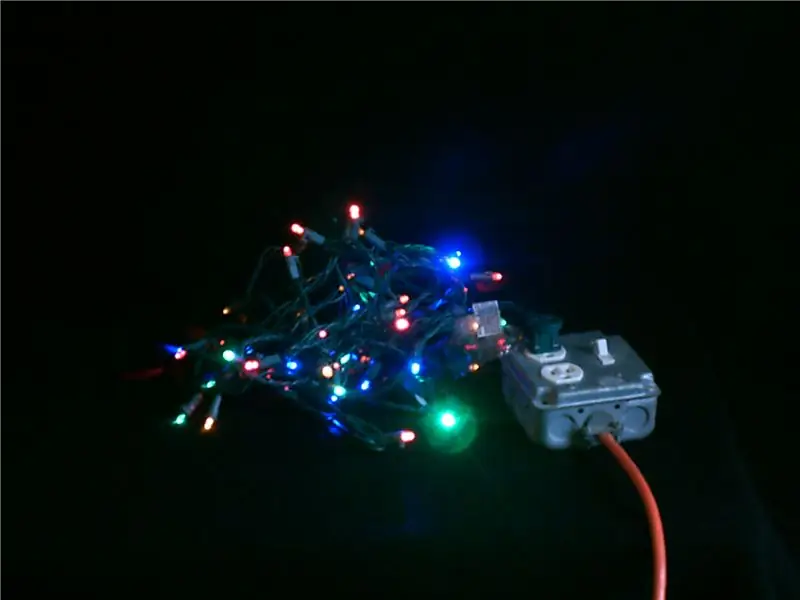
Övertyga dig själv om att bara använda en 12V-till-AC-linjeomvandlare för LED-ljussträngar istället för att koppla om dem för 12V: Min plan var enkel. Jag ville klippa upp en väggdriven LED-ljussträng i bitar och sedan dra om den för att gå av 12 volt. Alternativet var att använda en kraftomvandlare, men vi vet alla att de är fruktansvärt ineffektiva, eller hur? Höger? Eller är de det?
Märke: NYC Badge Contest Entry From a Old GameBoy Printer: 14 Steg (med bilder)
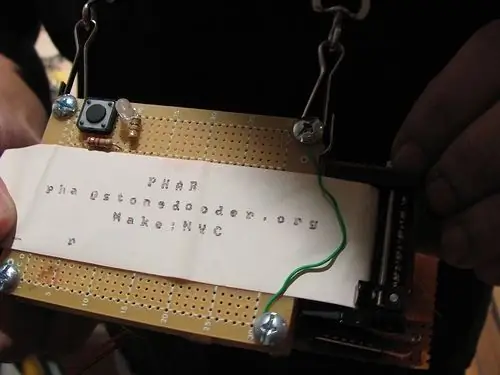
Make: NYC Badge Contest Entry From an Old GameBoy Printer: Hej alla, här är mitt andra skott på en instruerbar .. var snäll..Så den lokala fabrikat: NYC -mötet hade haft en märketävling för sitt andra möte .. (länk här) , kärnan i tävlingen är att göra ett bärbart namnmärke/märke av något slag, av vissa material
1.5A linjär regulator för konstant ström för lysdioder för: 6 steg
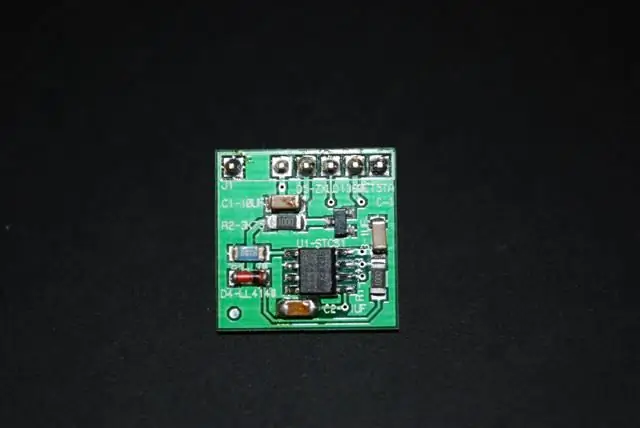
1.5A linjär regulator för konstant ström för lysdioder för: Så det finns massor av instruktioner som täcker användning av LED -lampor med hög ljusstyrka. Många av dem använder den kommersiellt tillgängliga Buckpuck från Luxdrive. Många av dem använder också linjära regleringskretsar som toppar vid 350 mA eftersom de är mycket ineffektiva
Åtgärda ett mindre designfel med Dell Dimension 4300 - 5000 -serien: 5 steg
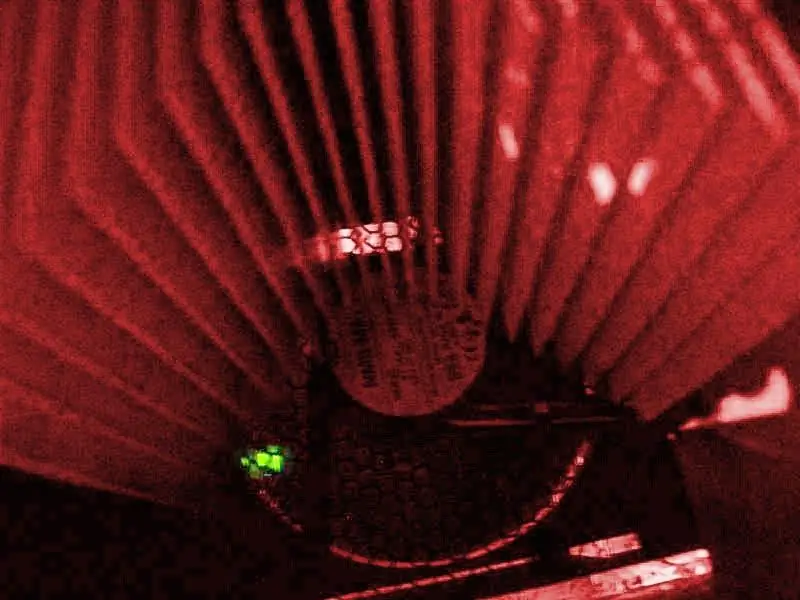
Åtgärda ett mindre designfel med Dell Dimension 4300 - 5000 -serien: Så jag petar runt i min Dell -dimension 5000 och bestämmer mig för vad jag ska göra för att uppgradera RAM, eftersom processorn är snabb som den är och dells mobos inte är överklockningsbar eller så utbytbar. Jag brände handen på den enorma kylflänsen för CPU: n och
